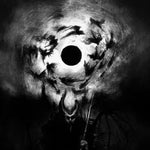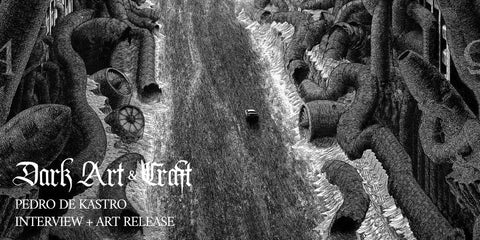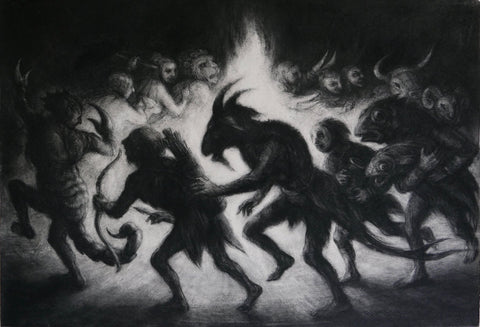 First edition of the Rider-Waite tarot 1909, image via Hell Fire Book Club {{PD-US}}
First edition of the Rider-Waite tarot 1909, image via Hell Fire Book Club {{PD-US}}
Tarot Card Origins
Tarot was first known as trionfi, tarocchi or tarock a collection of playing cards that rose to favor in 15th century mainland Europe. At first, these early cards were played exclusively by the wealthy nobility and had little esoteric or divination elements beyond entertainment. The creation of beautiful hand-painted cards was widespread in Europe, particularly Italy, before the availability of the printing press. Only during the 18th century did tarot decks begin to be used for divination and occult or fortune telling practices. The tarot card today is often considered a tool for divination, but the first historically known decks were used for the nobilities pleasure.
By most accounts, the first mention of Tarot cards dates to the 14th century - Simple rules for a tarot game are explained in a manuscript by Martiano da Tortona circa 1425. The Art of this time period, while often elaborate, would only hint at the Artistic transformation of the tarot card.

Pictured one of the earliest surviving examples of the Tarot de Marseille style Tarot decks. It is part of the Cary Collection of playing cards, in the Beinecke Library at Yale c.1500 Source Beinecke Library: http://brbl-dl.library.yale.edu/vufind/Record/3835917 Arist Unknown {{US-PD}}

Hand-colored etchings for Tarocchini cards di Bologna by Guiseppe Maria Mitelli from 1664. Facsimile edition by Graffica Gutenberg, 1978. Cards from the collection of Rod Starling. Image via wikipedia {{US-PD}}
Occult and Esoteric Art in Tarot
French occultist Etteilla brought tarot divination to a wider audience in the 18th century with decks who's true purpose was occult use. The Etteilla (pseudonym of Jean-Baptiste Alliette) cards are founded on the Book of Thoth ("Book of Thoth" is a name given to many ancient Egyptian writings believed to have been written by Thoth, the Egyptian god of knowledge, in antiquity) Etteilla created the 78-card tarot with themes associated to the occult and ancient Egypt. The esoteric deck is popular for it's striking illustrations and features a distinct Major Arcana and Minor Arcana.

Beautiful historic Tarot deck of 22 trumps by the 19th Century French modern occultist Oswald Wirth. Image source via Aeclectic Tarot Republished
The Rider-Waite Tarot Deck

A selection of the Rider-Waite tarot illustrated deck Image via Pinterest {{PD-US}}
First published in 1909 and widely considered the most famous tarot deck The Rider-Waite tarot deck, is commonly used for fortune telling and readings. The simple illustrated cards were drawn by Pamela Colman Smith with mystic A. E. Waite and were originally published by the Rider Company, hence the hyphenated name. Each card features symbolism that was influenced by 19th century sage and occultist Eliphas Levi and the teachings of the Hermetic Order of the Golden Dawn a secret society devoted to the practice of the occult and metaphysics.


Rider-Waite tarot deck - 14 of Swords. {{US_PD}} Published 1909. Author Pamela Coleman Smith (d 1951)
the Hoi Polloi tarot is a Rider-Waite tarot clone from 1973 intended for self-reflection and prediction. The deck has been redrawn in bold psychedelic colors, but retains a direct relation to the original Rider-Waite imagery. More information via http://visualtarot.com/decks/hoi-polloi-tarot/
The Death Card (XIII)
The Death card is the 13th trump Major Arcana card in many traditional Tarot decks. We would be remiss to not have some of our favorite Death tarot card Art featured. The famous Death card is used in Tarot card games, fortune telling, and divination rituals. The card predominantly features the Grim Reaper or skeleton figure representing Death. A powerful card in symbol, meaning and prediction Death has inspired many unique tarot Artworks. When used in readings the card is often interpreted as signifying major developments in a person's life.

Death from the Cary-Yale Visconti tarot deck 15th Century - Beinecke Rare Book & Manuscript Library, Yale University ([1]). {{PD-US}}

The Book of Thoth Etteilla Tarot is a nineteenth century tarot deck. image via Tarotator.com {{PD-US}}

Death card in the Rider-Waite-Smith Tarot Deck by Arthur Edward Waite and illustrator Pamela Coleman Smith {{PD-US}}. More information on the Rider-Waite-Smith tarot deck

The Tarocco Soprafino (1835) Milanese printer Ferdinand Gumppenberg commissioned the deck from the Artist/engraver Carlo Dellarocca Image via tarot-heritage.com

Minchiate card deck (Florence, 1860-1890): trump XIII - La Morte A. Baragioli (editor) - Image via Wikipedia source {{PD-US}}

Death (Skeleton), Bonifacio Bembo, Visconti-Sforza Tarot Cards, ca. 1450–1480, Italy, Milan, MS M.630 (no. 12) Image via Pinterest
Tarot Art Resources
https://www.wopc.co.uk/tarot/rider-waite/
Information about the early editions https://www.wopc.co.uk/tarot/rider-waite/rider-waite-early-editions
https://blog.society6.com/a-quick-history-of-tarot-cards-and-their-impressive-illustrations/
https://en.wikipedia.org/wiki/File:Rider-Waite-Smith_deck.png
Art Matters podcast: demystifying tarot art - Ferren Gipson
The Spellbinding History of Tarot Cards, From a Mainstream Card Game to a Magical Ritual
The 3 scariest cards in the tarot deck – happy halloween!
Modern Lovecraftian Azathoth Tarot Deck by 13 Moons Magick
Occult following: tarot cards through the ages – in pictures




